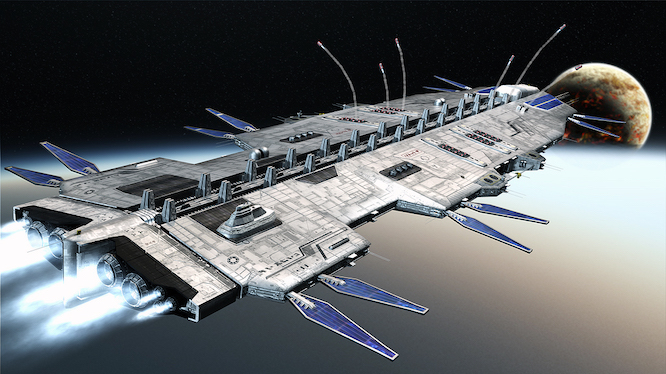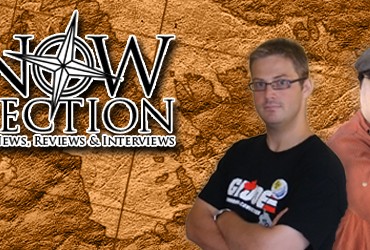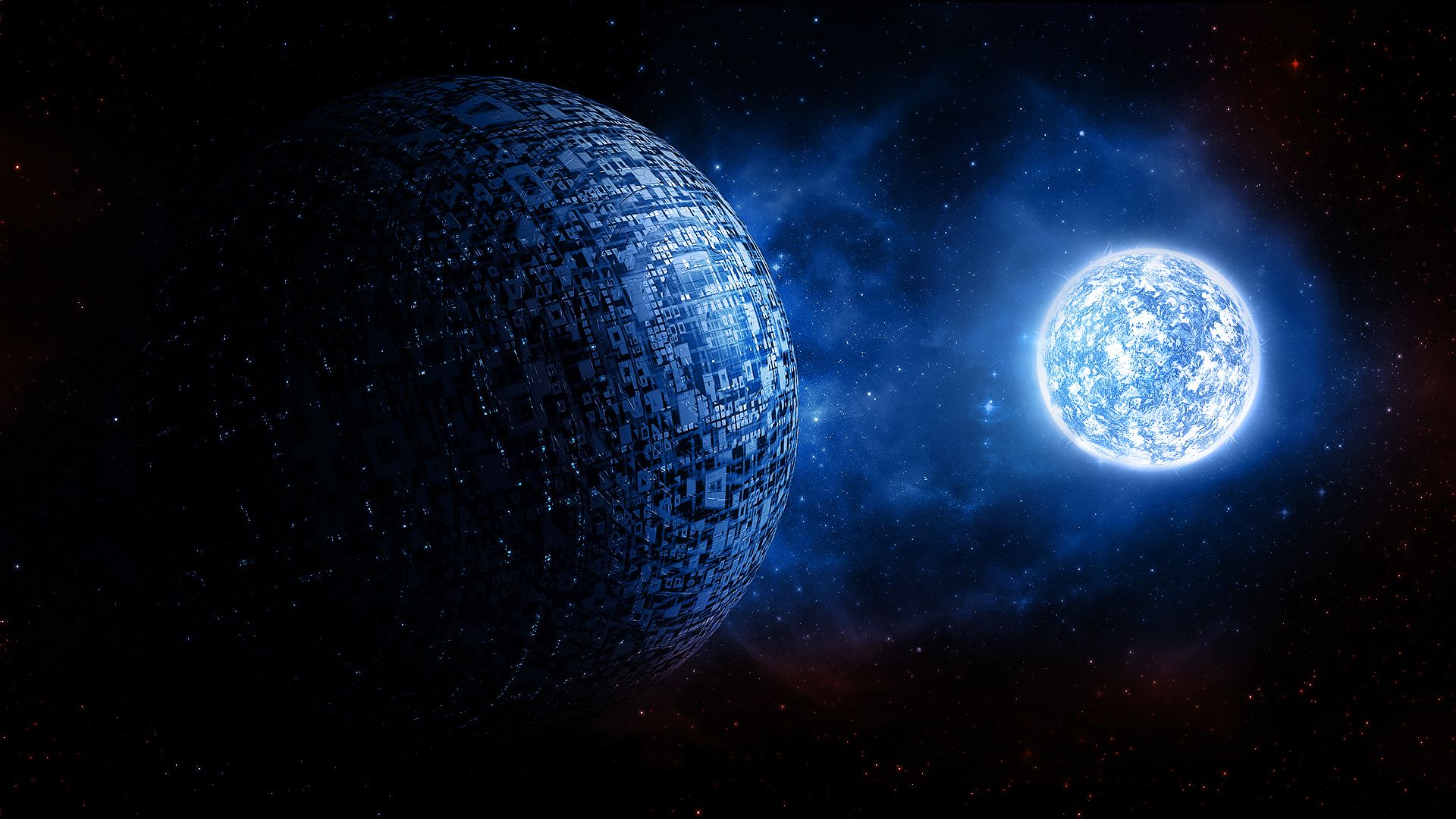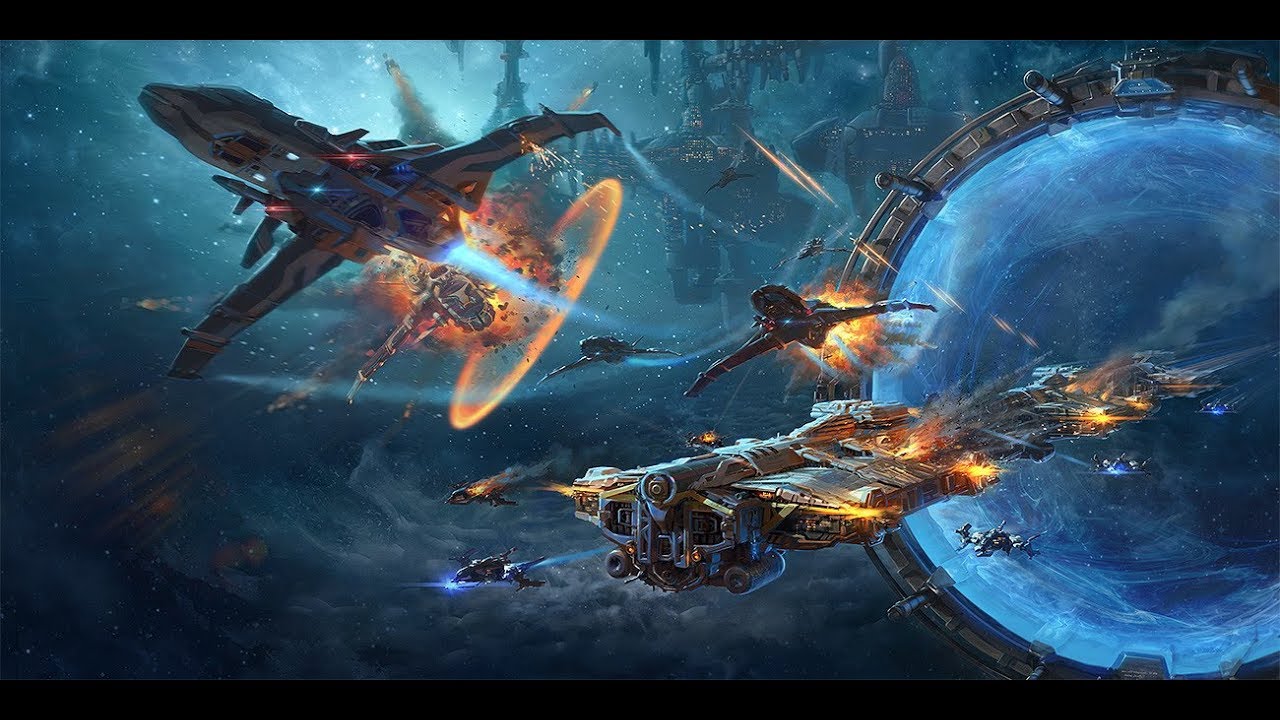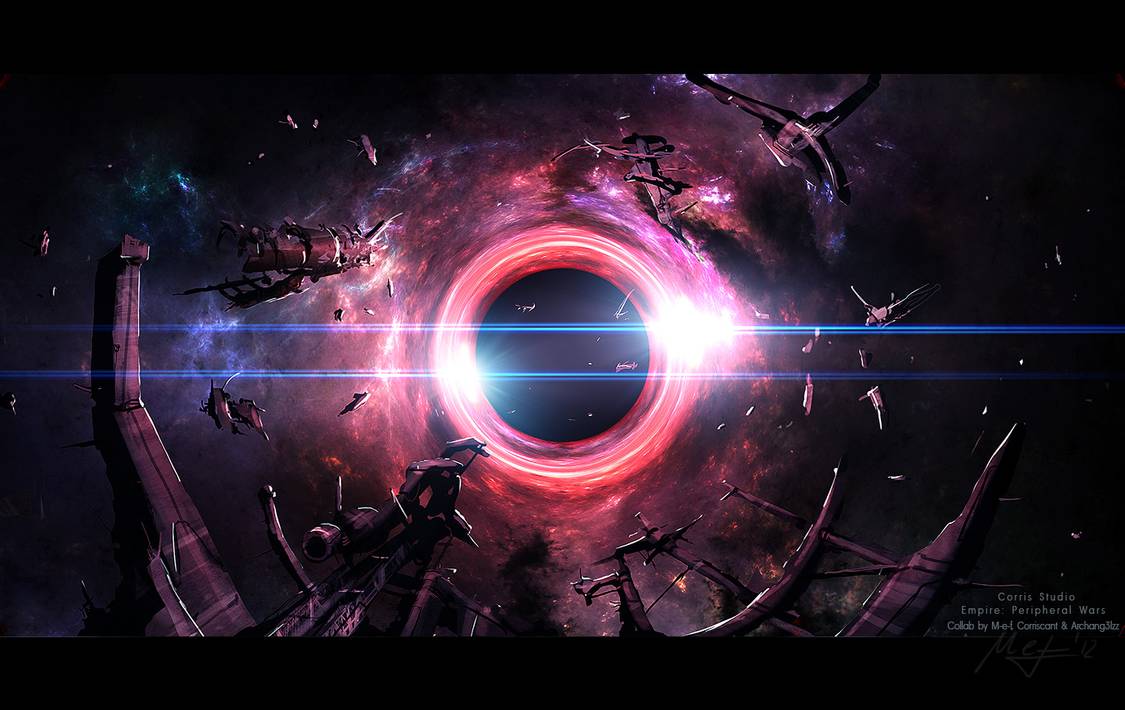Welcome back to Terraforming, Randal here to take a look at another uncharted corner of space. This time, we look at a an adventure seed based on a planet with no intelligent life of its own, yet is in danger of losing the creatures that chose to call it home.
The Vessel. After a century of floating through space toward a vibrant and young solar system another century away, the New Horizons colony ships encountered a meteor storm that had managed to stay off their detection systems. The computer guidance systems, running a the best AI their creators could muster, performed a well executed positional maneuver that let the most shielded ship take the brunt of the storm. In the end, it just wasn’t enough, and New Horizons IV wasn’t going to be able to complete its voyage. Per protocol, it scanned space nearby and discovered a system with a planet that looked habitable by the humans it was carrying. The ship repaired what it could to complete this smaller voyage, but ultimately determined that it needed to eject its cargo before it could reach orbit. The sleeping passengers were jettisoned with a 99% success rate before the ship’s sensors and AI realized they were going to be caught in the planet’s gravity anyway, and attempted to crash as far away from the human landing zone as possible to ensure maximum survivability.
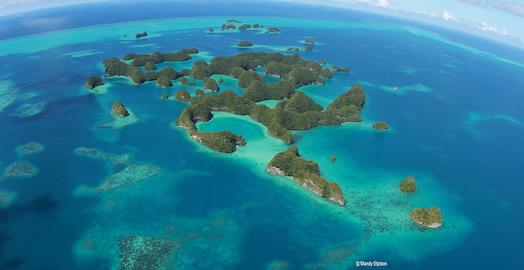
The Settlers. The humans woke to find their evacuation pods perfectly spaced along the shore of a deserted tropical island paradise. While they were saddened by their inability to reach their targeted homeworld, they were pleased that the pinnacle of their creation as a people succeeded in keeping most of them alive during an unforeseen event. Following protocol, they setup shelters by using the frames of their dismantled pods. Various other components from their pods (hoses, ducts, filters and such) were utilized to create food and waste purification systems. While the vessel’s charter included a hierarchy, laws, and other protocols, the society that emerged was one of simple harmony with the local environment. They had all that they could hope for, and no need to rely on technology for survival as they had in the last days of their harsh home world, and so their reliance on technology faded over time. While they had many devices that let them read or watch video histories of their home world, they mostly only received any attention when teaching children about where they came from and why they are so blessed.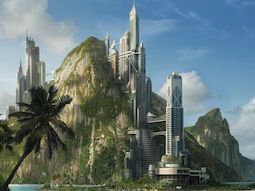
The Weather. Their new home was everything they had ever imagined that it would be. A tropical paradise spread out over many islands in an archipelago roughly a hundred miles long, containing a dozen islands. The weather is consistently warm and humid, as one expects on an island in warm waters. Seasons are noted mostly by the amount of wet weather and dry weather that is experienced. For twenty years, the settlers lived a peaceful and blissful life. Then the weather came. Storms that lasted for weeks instead of days. Hurricanes, rising waters, after five years they all had moved inward on the islands as the shoreline rose some 20 feet. 10 years later and the storms worsened, and the shorelines rose again. The settlers began to build bigger boats and organize expeditions beyond their islands to see if they could discover another place to live that was sheltered from the storms as they continued to increase in intensity.
The Problem. What the settlers do not know, is that shortly after sending them on their way to their new home, the colony ship they were aboard was caught in the gravity of the planet and unable to escape. To ensure it didn’t destroy their new home, it flew as far away as it could, ultimately crashing among the ice shelves of the planet’s northern pole. Unfortunately, the vessel’s power source was built to last another hundred years and all of the safety mechanisms were damaged in the crash. The ship has been burning the thrusters and melting the polar caps non-stop since it arrived, completely altering the climate of the entire planet.
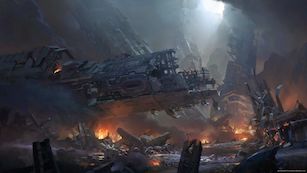
The Mission. Upon entering the system, life scans show a the most life (and mostly plant and primitive animals) on a planet with very active storm systems covering the majority of the surface. Upon entering orbit, and running further scans, it becomes apparent that the world-wide storms are caused by early stage runaway polar melting. While it will be easy to find the crashed vessel, and it might be possible to shut it down by destroying it, reaching it to do so is no mean feat. It has dug itself down under the ice cap, where it is buried under miles of ice, snow, water, and rubble. Disabling the vessel is also possible, but gaining entry and bypassing the systems might be easier done with the assistance of the older settlers, if they can be found. If positioned above a break in the storms, a spaceship will be able to receive a disjointed and broken distress call coming from the archipelago where the settlers landed. Due to the increasing storms, each of the island communities that they formed has met a different fate. One has gone underground to live in caves formed by an extinct volcano, two have sailed off in different directions, while three others have vanished from their islands.
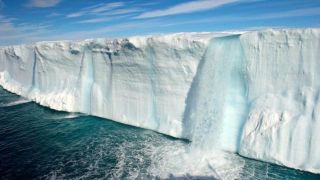
There are many other angles we could add to this idea to flesh it out or change it up. Would saving the people help stop the vessel before it destroys everything? Is it possible that there is another group at work here, using the crashed vessel to purposely ruin the planet? Is this melt natural, perhaps due to orbital variances and the vessel has actually been staving off those effects? Let me know what you think! Please continue to join us at our Discord server https://discord.gg/Rt79BAj.

